
Paul Zaichik – Easy Flexibility – Wing Chung Flexibility for Upper Body
Salepage : Paul Zaichik – Easy Flexibility – Wing Chung Flexibility for Upper Body
Arichive : Paul Zaichik – Easy Flexibility – Wing Chung Flexibility for Upper Body
Wing Chun is a rather unique system. It’s sticking techniques differ from most other martial arts systems. Strickes, blocks, traps are designed for close quarter combat.
Due to the nature of Wing Chun techniques tremendous upper body flexibility is required. This flexibility takes place at the wrist, shoulder, shoulder girdle and radio-ulnar joint. Techniques leave little room for mechanical compensation and for this reason, even small amount of tightness in any of the muscle can lead to injury. Rotator cuff injury are the most common. Another common injury is muscle overstrain. This usually happens because the body is forced to stay in positions, that is not properly stretched for. Severe internal and external rotation of the shoulder, as well as severe horizontal flexion/abduction are some of those positions.
Wing Chun instructors while employ concentrated joint warm ups, do not place a large focus on flexibility training. As the result, strains to the biceps tendon, supraspinatus tendon, terres minor and other musculo-skeletal structures is rather frequent.
This program is created specifically with Wing Chun practitioner in mind. Using Zaichik Stretching techniques it take apart each techniques and breaks it further down into isolated muscles. Each muscle is stretched, avoiding the pain of the stretch reflex. This is followed by strength exercises to transfer the newly found flexibility into specific Wing Chun techniques. As the results the techniques become easier and faster, while the chance of injury is severely decreased.
Get your Wing Chun Flexibility Training For Upper Body ProgramToday! Order Yours Now!
What is Martial arts ?
Martial arts are codified systems and traditions of combat practiced for a number of reasons such as self-defense; military and law enforcement applications; competition; physical, mental, and spiritual development; entertainment; and the preservation of a nation’s intangible cultural heritage.
Although the term martial art has become associated with the fighting arts of East Asia, it originally referred to the combat systems of Europe as early as the 1550s. The term is derived from Latin and means “arts of Mars”, the Roman god of war. Some authors have argued that fighting arts or fighting systems would be more appropriate on the basis that many martial arts were never “martial” in the sense of being used or created by professional warriors.
Paul Zaichik – Easy Flexibility – Wing Chung Flexibility for Upper Body
Readmore About : Paul Zaichik





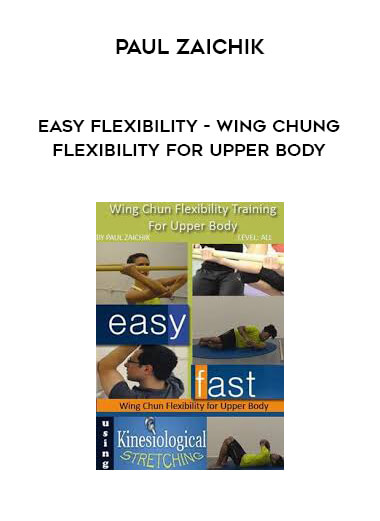

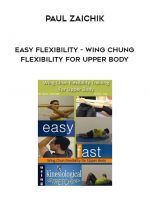
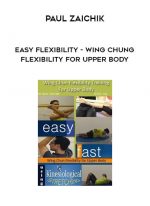





![Actioncoach.Kajab - Brad Sugars Profit Masters [Billionaire in Training] download](https://ivseed.info/wp-content/uploads/2022/03/zz.jpg)








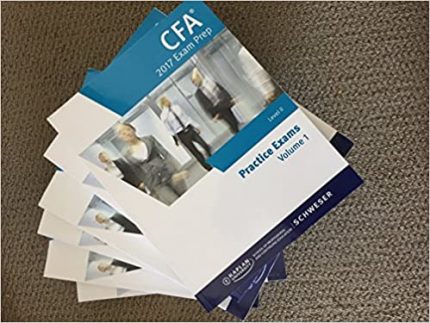



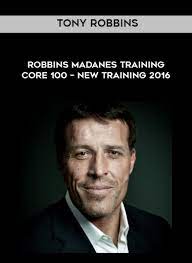











Reviews
There are no reviews yet.